By our Political Editor
A national crisis isn’t just brewing, it’s already here. While the headlines are still dominated by local political brawls and election season theatrics, Sri Lanka is staring down a global economic shock, and the country seems woefully underprepared.
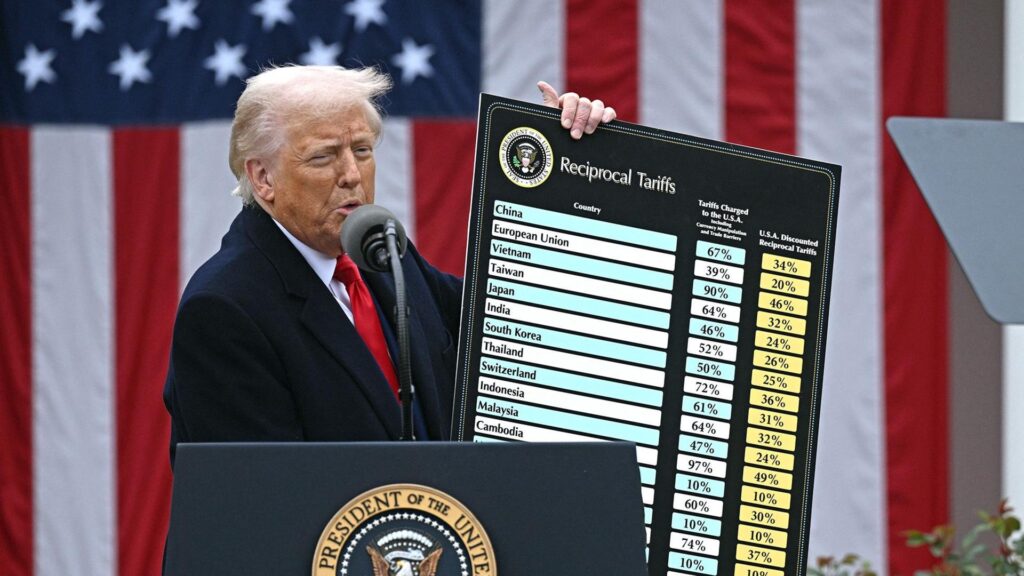
The United States, under President Donald Trump, made good on its long-signaled promise. On 02 April 2025, the White House formally announced a new round of global trade tariffs, sending shockwaves through export-dependent economies like ours.
The warning signs were clear. Everyone from policymakers to exporters knew this was coming. Yet in the months and weeks leading up to the announcement, Sri Lanka’s leadership, both in government and opposition, spent more time chasing headlines than crafting a plan. The tariff war has landed at our doorstep, and the response has been political noise, empty rhetoric, and not a single serious roadmap to protect the economy.
This is not just another policy issue. It is about jobs, livelihoods, export earnings, foreign reserves, and Sri Lanka’s economic stability. The public remembers too well what economic collapse looks like, the fuel queues of 2022, the gas shortages, the protests, and the heartbreak of a nation brought to its knees. It was only three years ago, yet the political class seems to have forgotten.
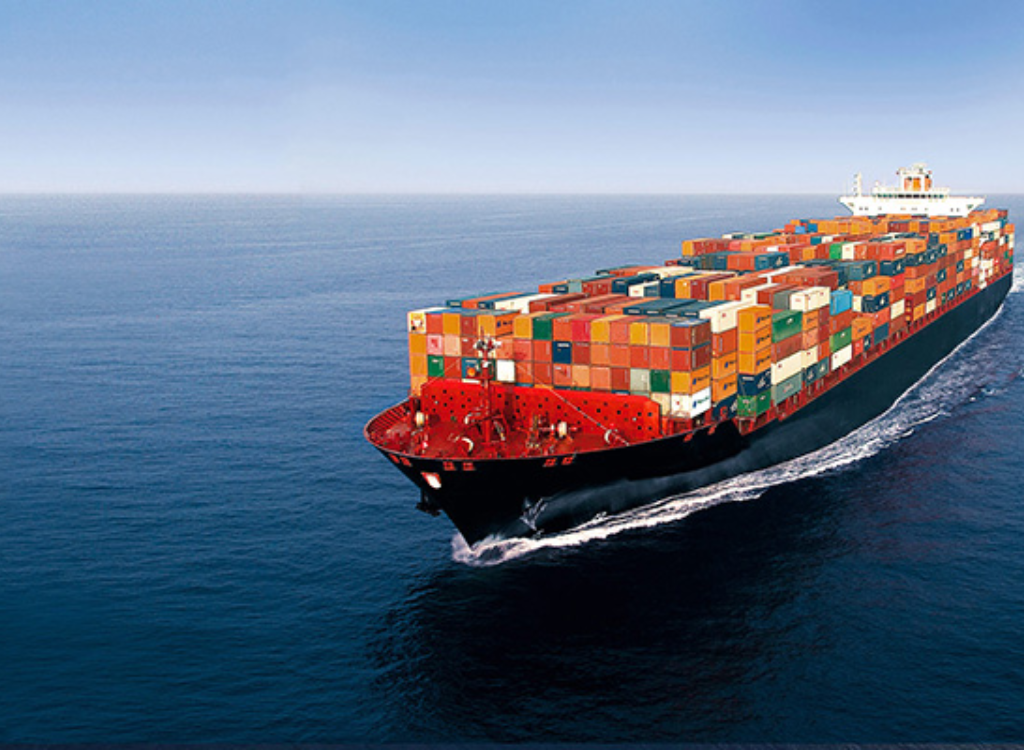
The United States accounts for around 25% of Sri Lanka’s total exports. Garments, rubber, tea, and industrial goods are all in the firing line. A rise in tariffs from our largest export market means costlier Sri Lankan goods, lower demand, fewer orders, and eventually, factory closures and job losses. And yet, there’s no emergency economic response team, task force, or solid economic defence plan.
Instead, Parliament remains stuck in petty debates and personal mudslinging. A handful of voices, including economists and industry experts, have spoken out, but even those with sense have no plan on the table. The government is still running on President Anura Kumara Dissanayake’s personal popularity, but that alone cannot shield a country from the sharp edge of global trade policy.
This tariff war is not personal. It’s mathematical. President Trump’s formula does not carry sentimentality. It is cold, transactional, and ultimately indifferent to Sri Lanka’s fragility. For Trump, tariffs are leverage. For Sri Lanka, there could be economic devastation. The full damage will only become apparent in the coming months, but the silence from policymakers today is deeply troubling.
And while Sri Lanka attempts to process this global blow, the AKD administration is under siege on multiple fronts.
Today marks the beginning of Indian Prime Minister Narendra Modi’s official visit, a key moment in regional diplomacy. But instead of preparation and clarity, the atmosphere is thick with misinformation, anti-Indian sentiment, and confusion. Rumors of a defence pact between President AKD and Prime Minister Modi have been allowed to grow unchecked, fueling fears across political and public platforms.
The government’s failure to communicate the facts of this visit has only given space to political agitators to drive the narrative. Former JVP figures such as Wimal Weerawansa, Kumar Gunaratnam, Pubudu Jagoda, and Duminda Nagamuwa have united in an anti-India chorus, casting the visit as a threat to sovereignty. Their message is loud, and it’s finding traction.
Adding to this is the relentless pressure from opposition figures. Dilith Jayaweera and Udaya Gammanpila are taking every opportunity to challenge the AKD government. Meanwhile, opposition leader Sajith Premadasa and his fellow party members continue hammering the administration about its economic response. Even Ravi Karunanayake, a discarded figure from the UNP, has found new relevance in Parliament, rising with fierce oratory and probing questions, often more coherent than entire government briefings.
This unfolds just weeks before the local government elections on 06 May 2025. It’s not just a vote for municipal councils anymore, it’s a referendum on the government’s ability to handle pressure, lead in crisis, and protect livelihoods. Given the opposition’s weakness, the AKD government may still win, but the margin will speak volumes. A close result will shake the foundations of this administration, raising fundamental questions about its longevity.
The truth is uncomfortable: Sri Lanka enters a national crisis without a shield or sword. A fragile economic recovery now faces a global tariff war. Domestic politics is in disarray. Public trust is thinning. The government is simultaneously chasing too many battles, geopolitical tension, economic pressure, misinformation, and political attacks.
But there is still a narrow window to correct the course. This is not the time for party politics. This is the time for national unity. For once, Sri Lanka must show maturity and come together across parties, ideologies, and power bases to address a threat that will not wait for debates to finish.
If not, we are headed toward a situation no one wants to be in. A repeat of 2022, or something worse, looms not because of the crisis itself but because of our failure to prepare, respond, and lead. The people of this country deserve more than noise. They deserve action.
This is not about AKD, Trump, or Modi. This is about Sri Lanka. And the time to act is now.

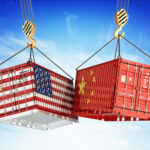
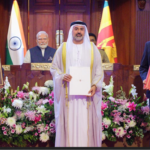
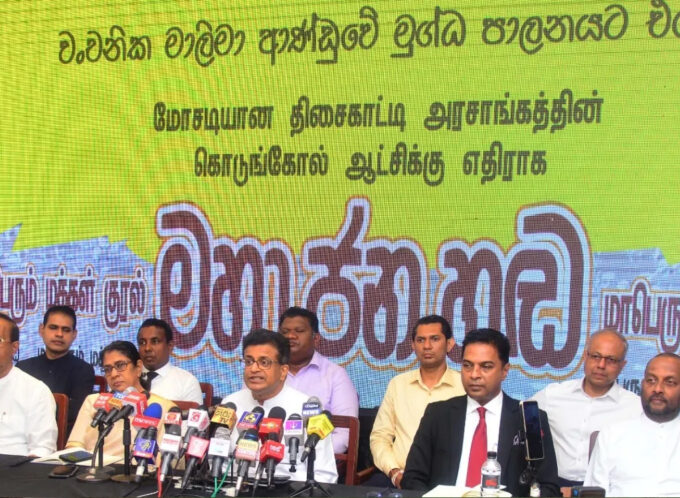
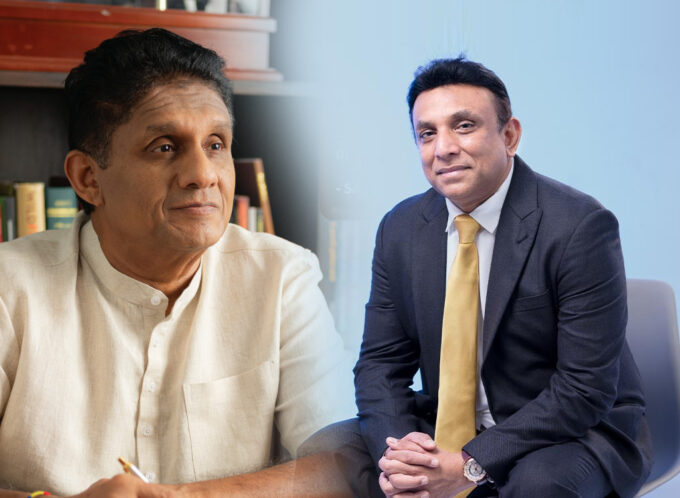
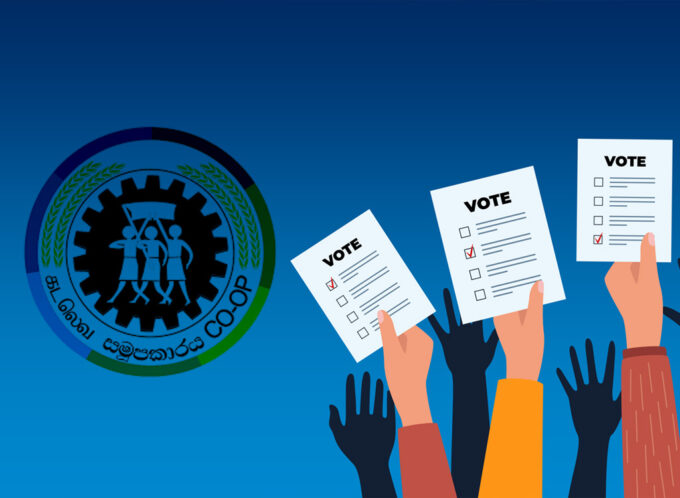



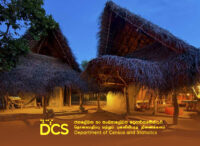

Leave a comment